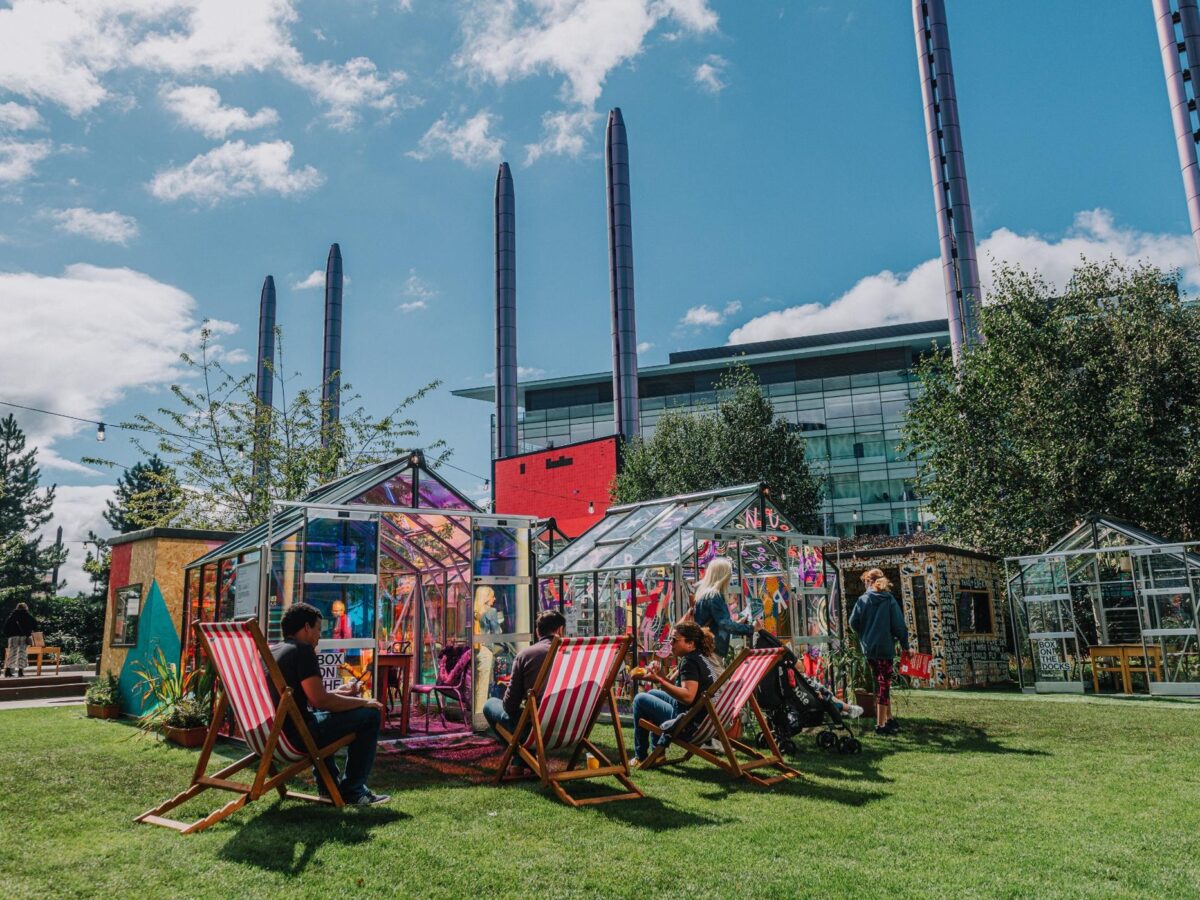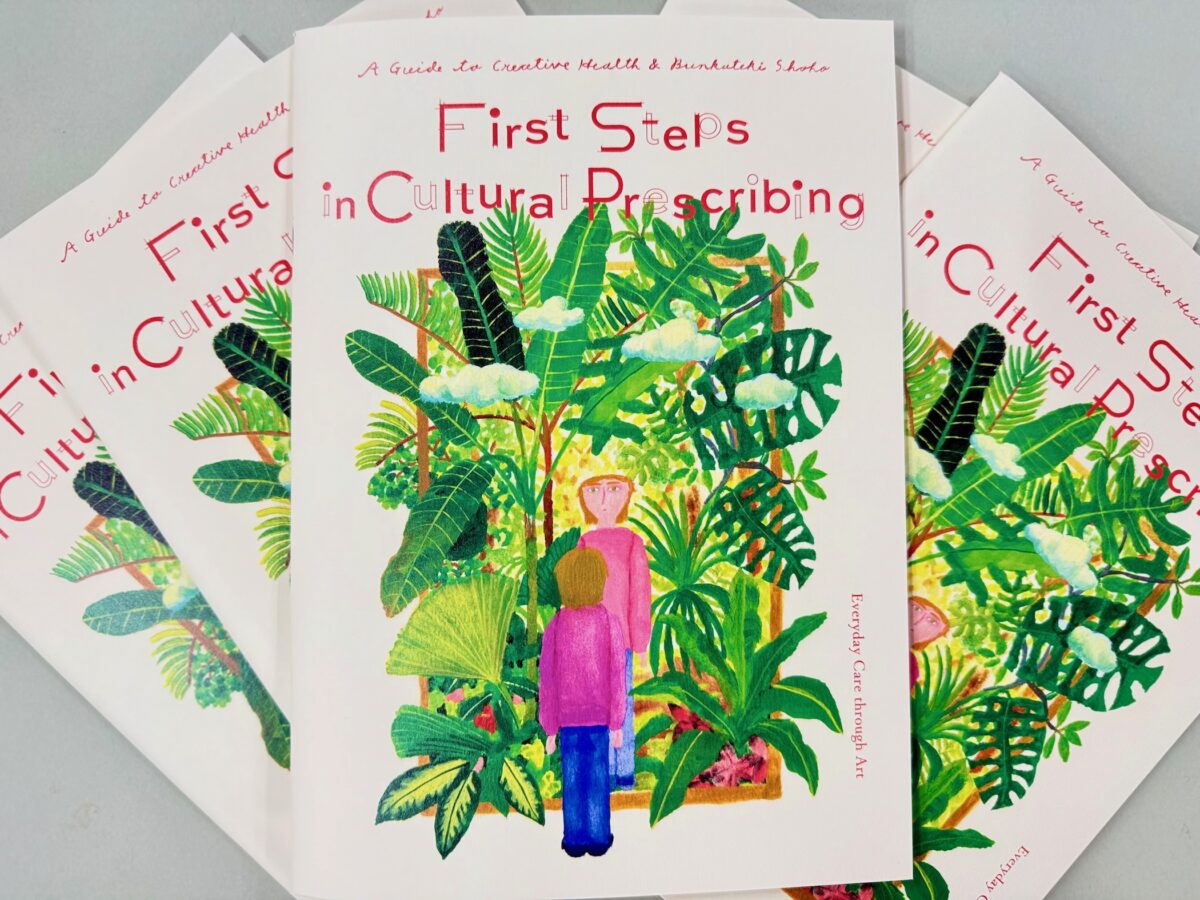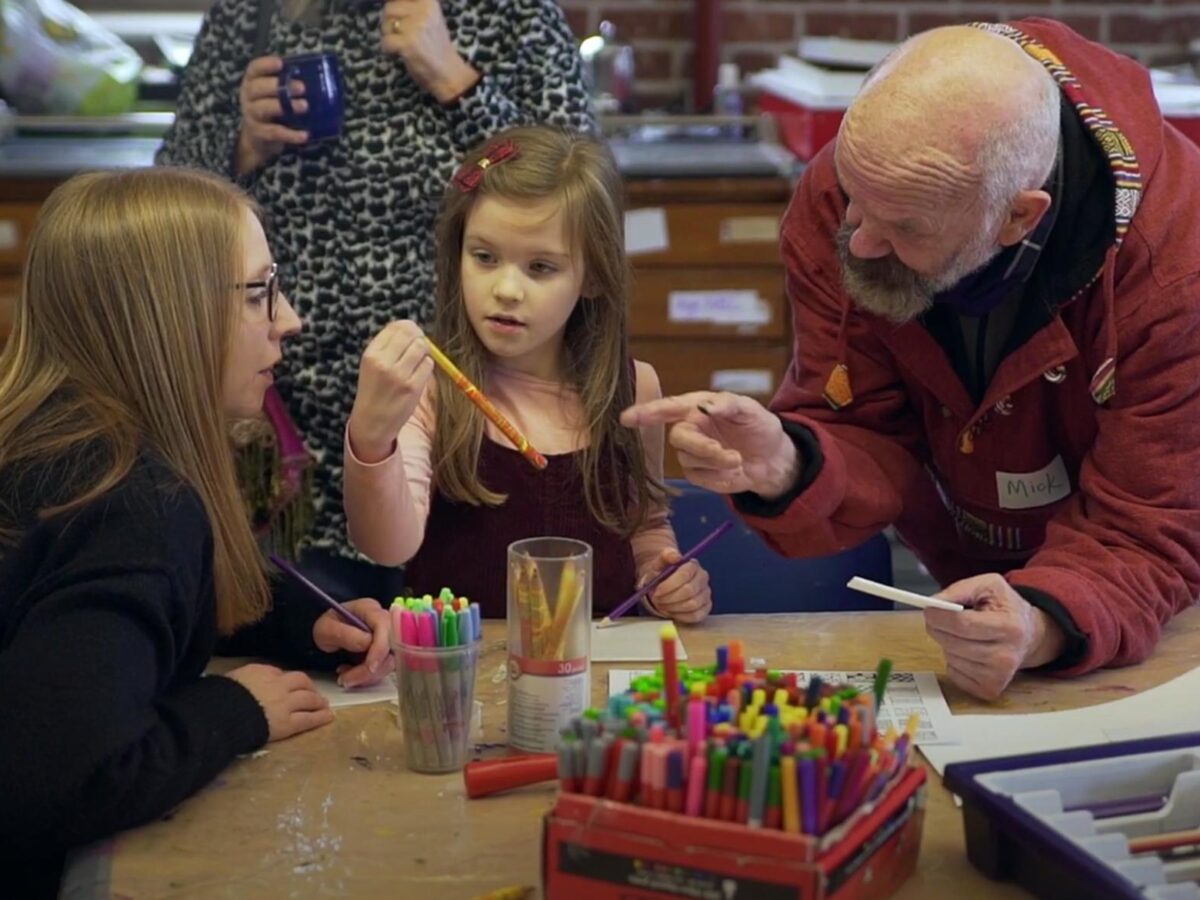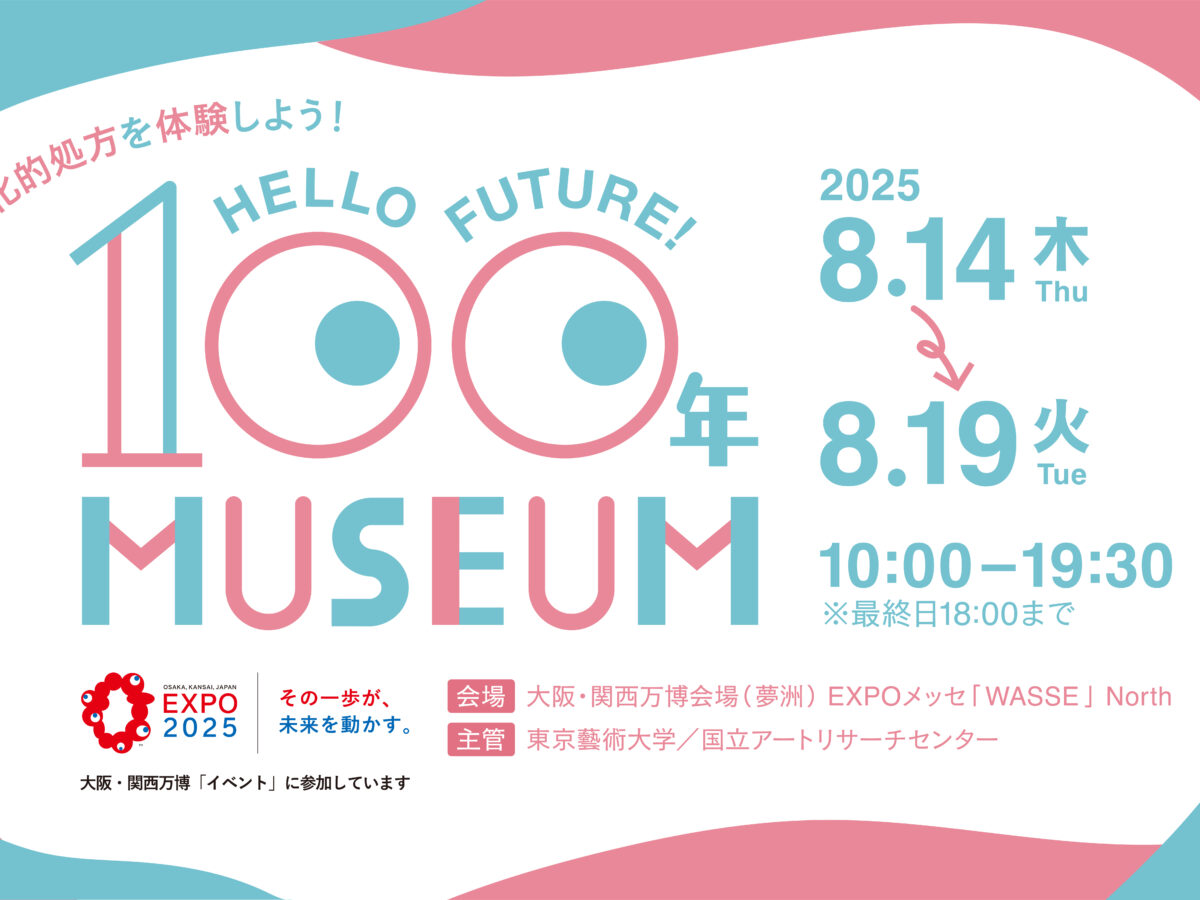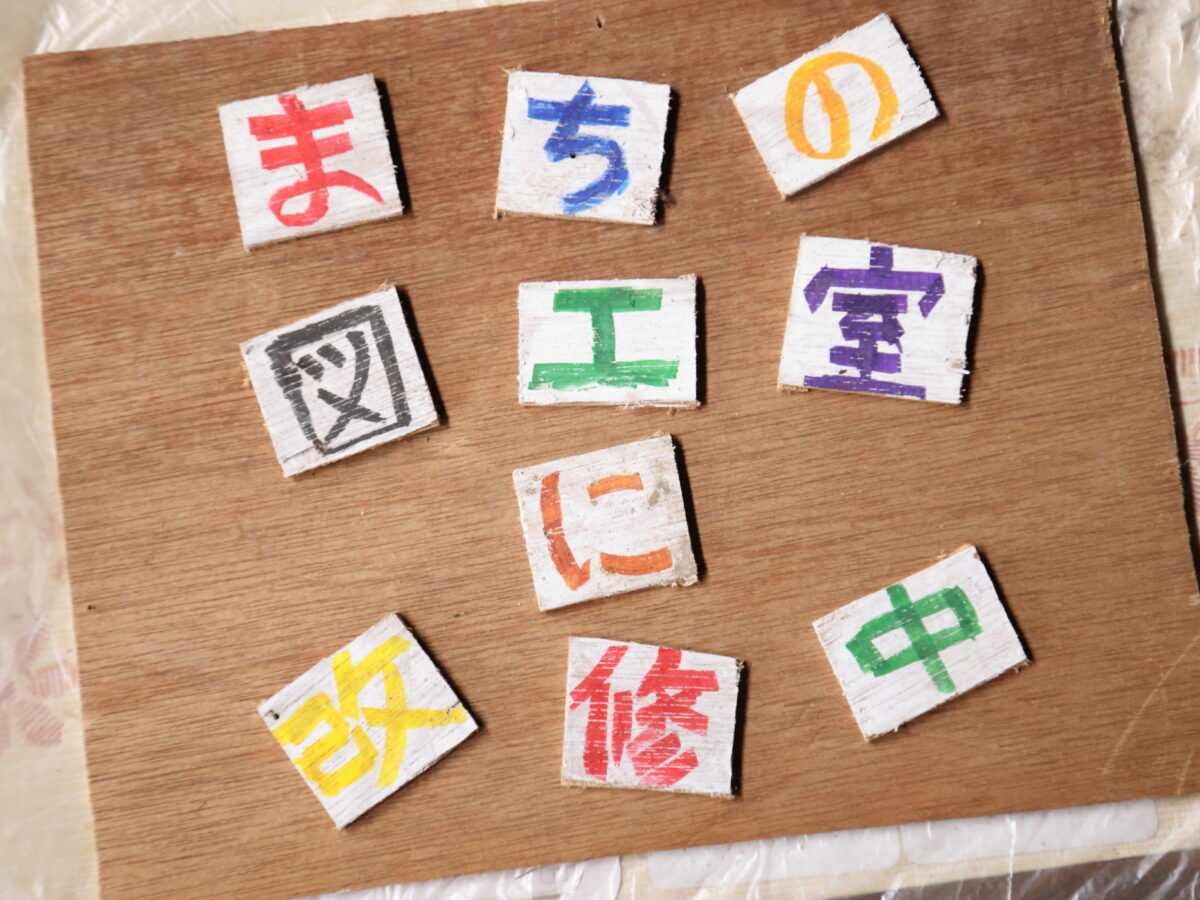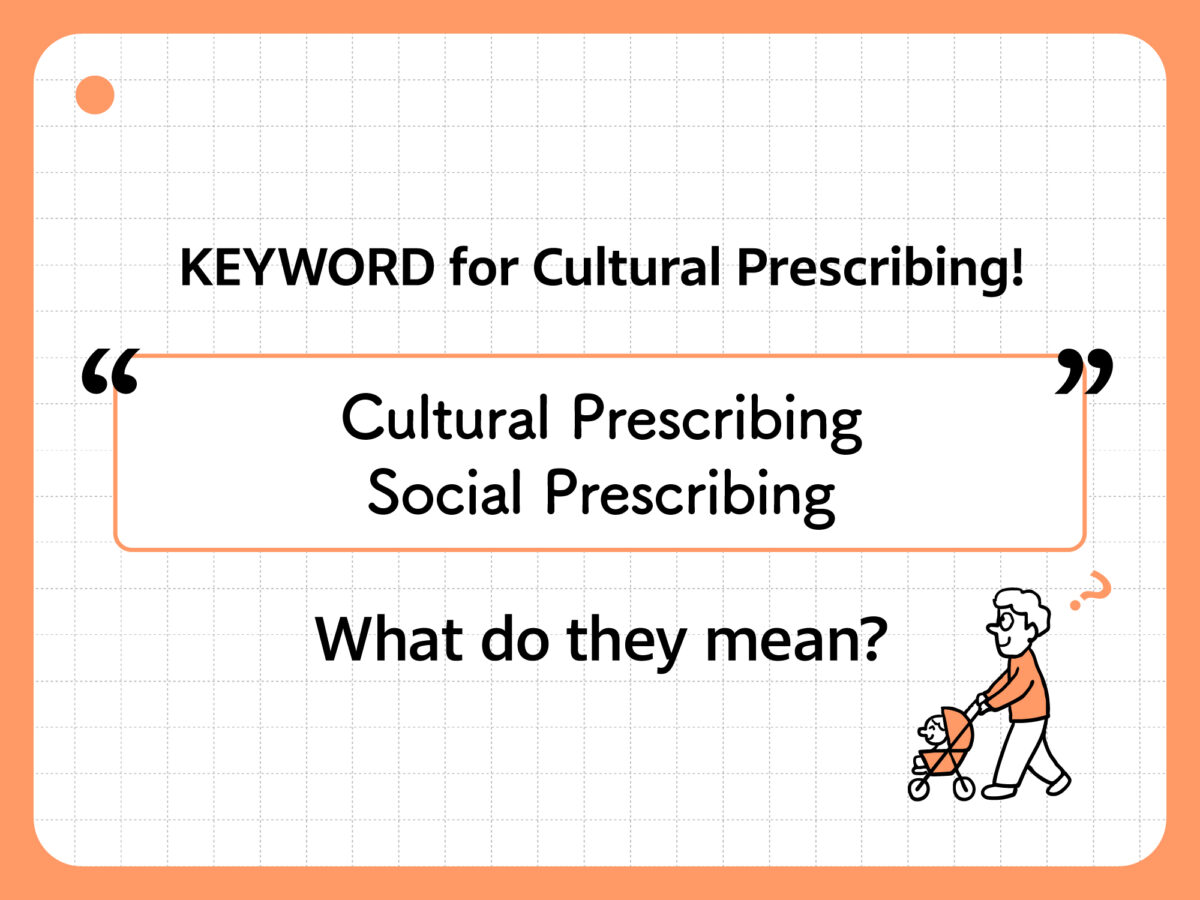 KEYWORD for Cultural Prescribing! "Cultural Prescribing and Social Prescribing" What do they mean?
KEYWORD for Cultural Prescribing! "Cultural Prescribing and Social Prescribing" What do they mean?Across Japan, initiatives aimed at fostering an inclusive society through art are gaining momentum. Among them, Dr. Rui Fukumoto, based at Nagaoka Institute of Design in Niigata, is drawing attention with his project in Nabari City, Mie Prefecture. Utilizing the concept of “cultural prescriptions,” Dr. Fukumoto is spearheading the Nabari City Cultural Link Worker Development Project, an initiative aimed at strengthening community ties through art and cultivating new forms of social connection. Here, we explore Fukumoto’s work and his vision for the future.
目次
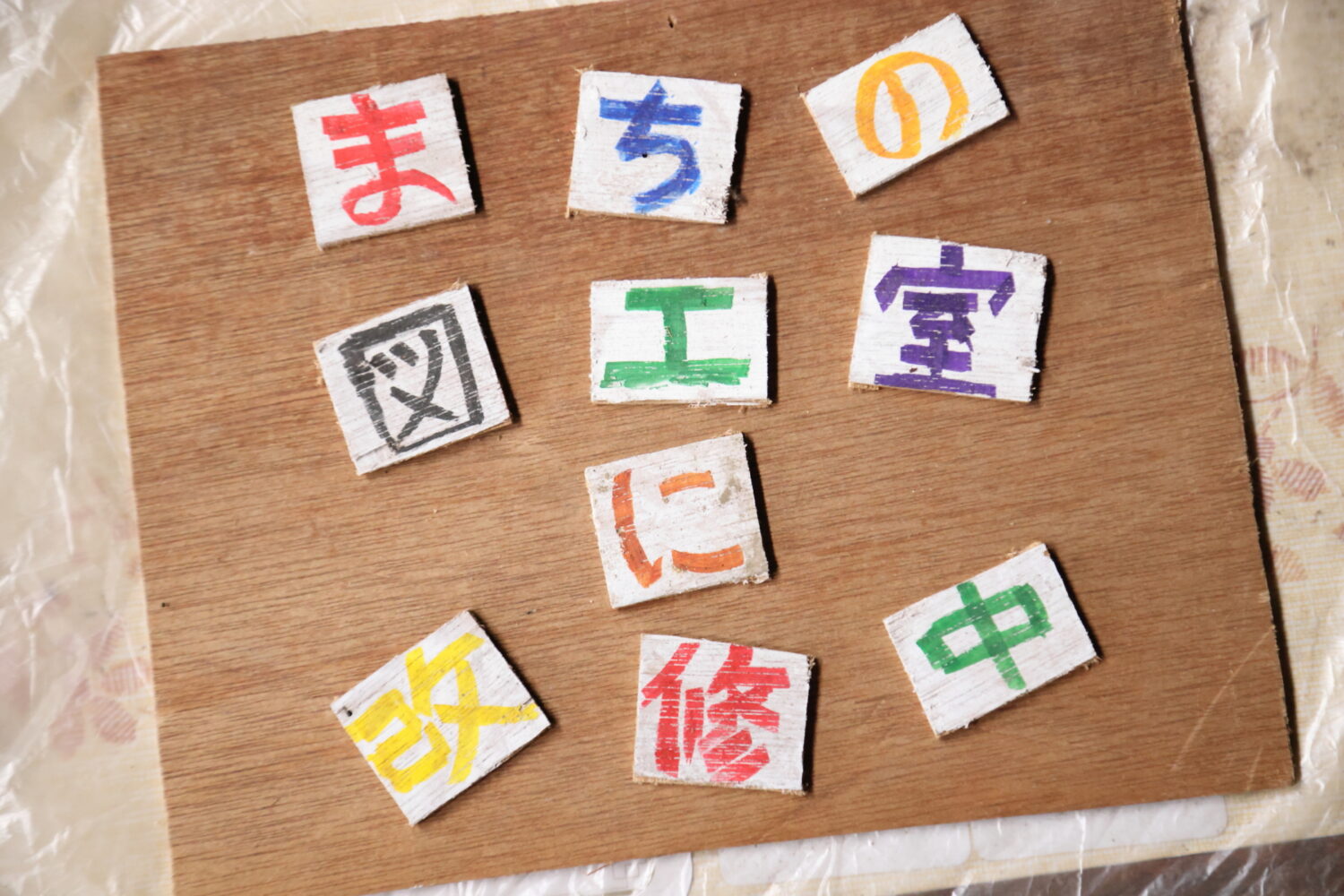
Nabari City: A Historic Town Facing Modern Challenges
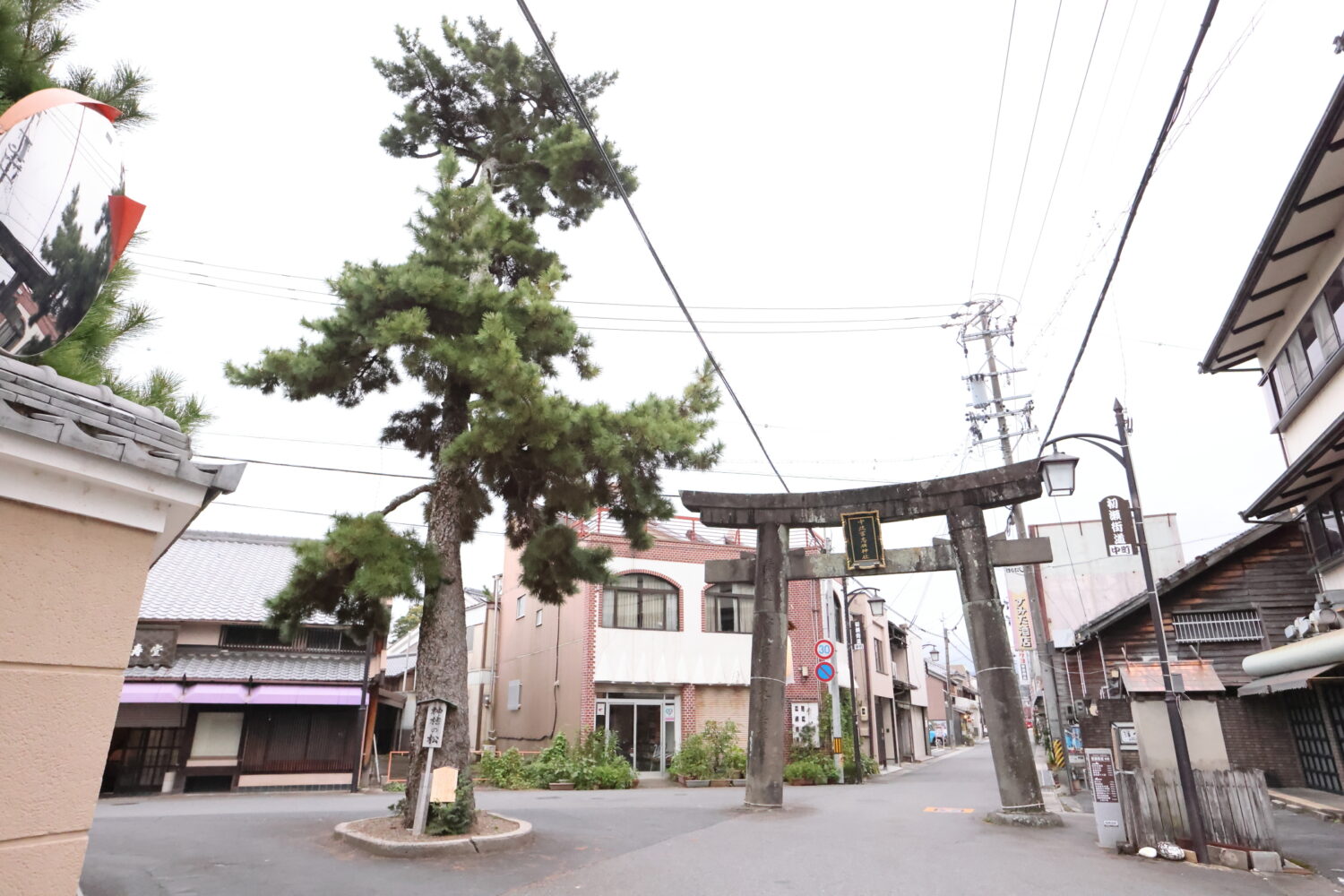
Nabari City has long championed the idea of a “cohesive society,” and has been focusing on its supportive community network for over two decades. Community-led organizations and initiatives such as the “Community Health Rooms (CHRs) (Machi no Hoken Shitsu in Japanese)” have created a framework where residents help one another, forming a robust welfare network.
We walked around Nabari City guided by Dr. Rui Fukumoto of Nagaoka Institute of Design (Niigata Prefecture) in the fall of 2024. The walk started from the town center called “Kyucho” (meaning “old town” in Japanese). In that area, several macihya (traditional townhouses) built in the late Edo period to the early Showa era (around the late 19th century to early 20th century) survive and water runs through drainage ditches developed in the Edo period (from the 17th century to 19th century). This area once flourished as a coaching inn town along the Hase Kaidō route, connecting Osaka, Nara, and Ise. Today, however, the streets are quiet, with few tourists in sight. The city is facing slow but steady challenges—an aging population, youth migration, and economic decline.
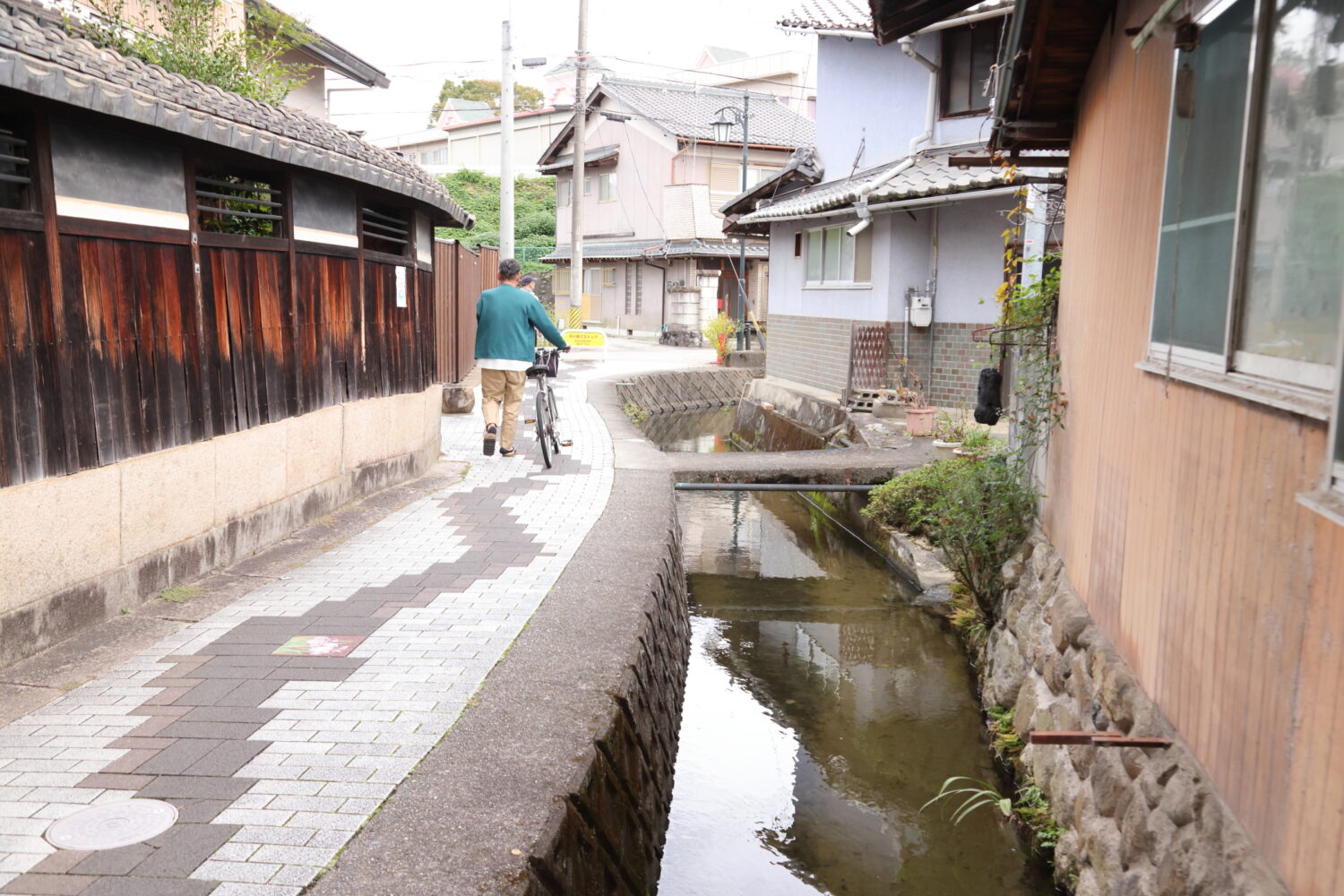
“One of the biggest challenges is ensuring that existing community structures are passed down to the next generation,” Dr. Fukumoto explains. Nabari’s aging rate stood at 32.2% (based on data from Nabari City in Oct 2020) 3.4% higher than the national average of 28.8% (according to the Cabinet Office). The city is being forced to confront the realities of an aging society at an accelerated pace.
“It’s difficult to engage younger generations through conventional problem-solving approaches alone. We need to focus on intrinsic motivation—what drives people from within. This is where the role of cultural link workers—who bridge the gap between communities, both local and external—becomes crucial,” Dr. Fukumoto says.
Revitalizing Townhouses: The Starting Point for Nabari’s Future
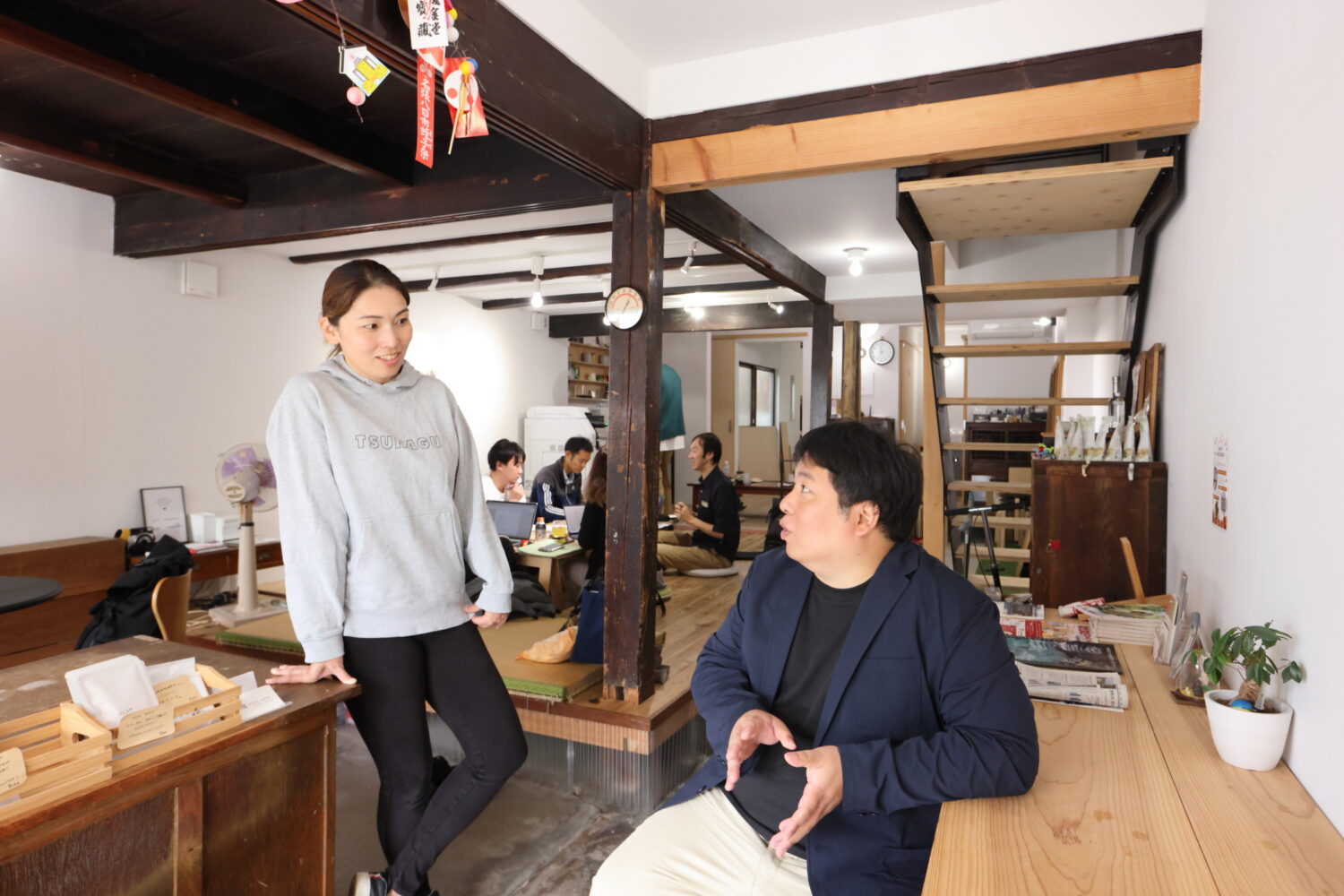
One of the first places Dr. Fukumoto took me to was FLAT BASE, a coworking space housed in a renovated 100-year-old townhouse. A modern glass sliding door now allows passersby to catch a glimpse inside, making the space feel open and inviting. In addition to serving as a shared office, it doubles as an event venue, and as become a beloved multifunctional hub for the community.
The space is run by Ms. Hitomi Kitamori, a former elementary school teacher. She welcomed us with a warm smile, her easy rapport with Dr. Fukumoto suggesting a long-standing friendship, despite having only met in mid-2023. Originally from Osaka, Kitamori moved to Nabari after marrying into a local family and quickly became a well-connected presence in the community.
“I got along particularly well with my husband’s grandfather,” she reminisces. “Whenever he had trouble using his computer, he’d call me right away. I’d just say, ‘Alright, I’m coming over,’ and visit him at his house. His home was always open—people in the neighborhood would drop by all the time. During the day, we never even locked the door.” However, after her grandfather-in-law moved into a care facility following the passing of his wife, the house fell silent, and Kitamori was struck by an overwhelming sense of anxiety.
When Adults Find Joy, Communities Thrive
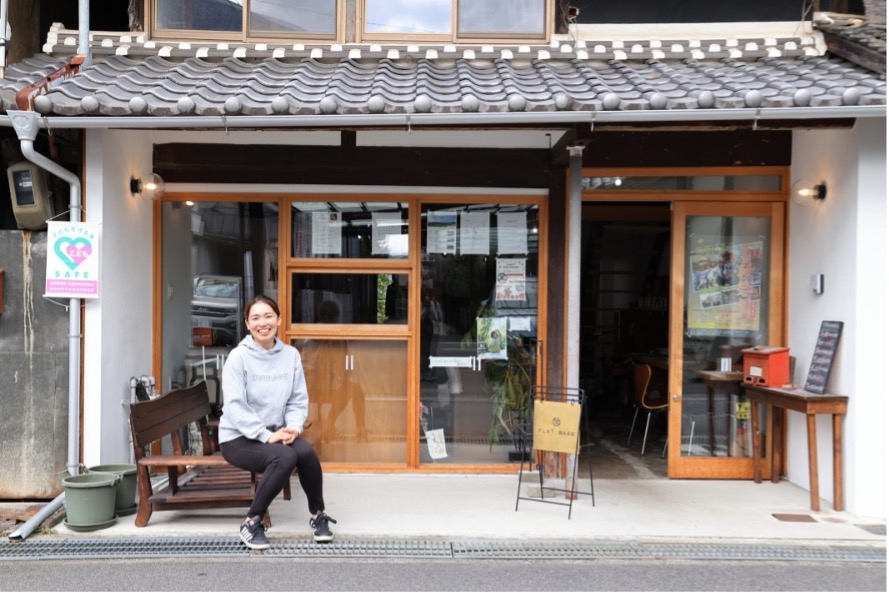
“When warmth and human interaction disappear from a home, you can’t help but wonder, ‘What will happen to this place?’ In hindsight, I think I was reflecting on the future of the entire town through that house,” Kitamori says. That moment of realization led to the transformation of the family home into a coworking space in March 2022—a space where adults could gather, interact, and create together.
“If we can create a place where adults are genuinely excited to be, that energy will naturally reach the children around them,” Kitamori believes. FLAT BASE is more than just a renovated building; it’s a symbol of a community reclaiming its vibrancy.
When Dr. Fukumoto visited FLAT BASE for the first time, he felt the “same vibe” from her words as from the place itself. Since 2020, he himself has operated “Dagashiya (candy shop) Hub” where local people and students from Nagaoka Institute of Design can connect in a shopping street in Nagaoka City–by renovating a barber’s shop with housing that had been passed through three generations–into a candy shop. Once a sense of “place” was created, a connection point between students and residents was made. Art objects are exhibited in the hub and people who visit to buy candy happen to have opportunities to see the objects. So, a dialogue through the students’ art objects, not just a temporary interaction through chat, can start. Dialogue brings understanding and interests that connect people.
“The key to revitalizing vacant properties isn’t just financial investment—it’s about fostering human connections and creating unexpected opportunities. Rather than letting kids grow up thinking, ‘There’s nothing here,’ we need to give them a reason to feel, ‘This place is fun,’” Dr. Fukumoto explains.
Kitamori and Fukumoto quickly found common ground. When Fukumoto mentioned his goal of working in Nabari for the next ten years and his search for like-minded collaborators, Kitamori immediately responded, “That sounds interesting!” Their partnership was born.
Ms. Kitamori said, laughing, that knowing Dr. Fukumoto “changed her impression of the university lecturer.” “Dr. Fukumoto regularly comes to Nabari City and understands our activities, challenges, and wishes. And more than that, he empathizes with us. I feel he is a ‘person who creates places with us.’”
Meeting with Dr. Fukumoto, an outsider, has expanded Ms. Kitamori’s connections with residents in Nabari. She did not have many true comrades with whom she could deeply discuss and work with, though she had many “acquaintances” to exchange greetings with. “Even though I operated FLAT BASE, I didn’t feel deeply connected to the region. But when Dr. Fukumoto came, I felt a stronger sense of connection.”
A Sake Shop Illuminating Nabari’s Cultural Heritage
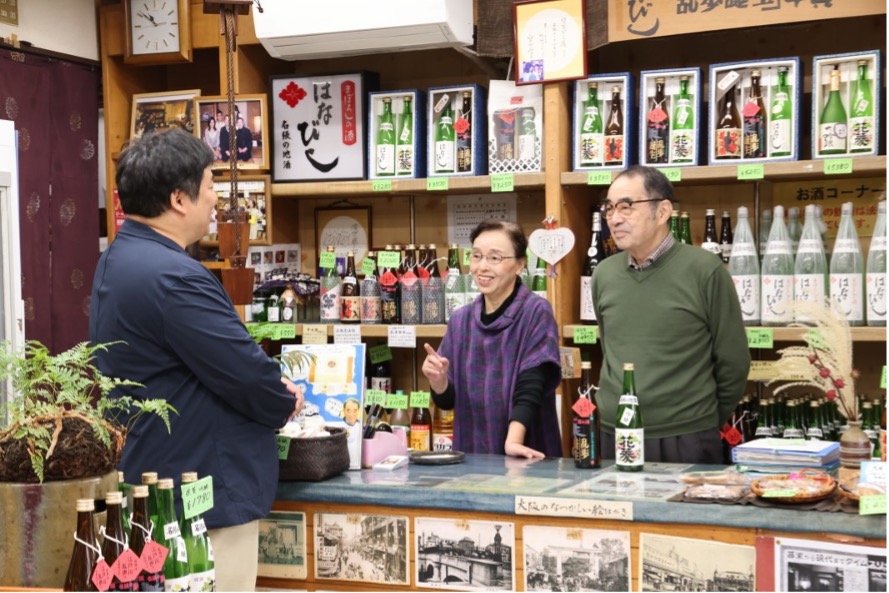
A big Torii (Shinto gate) made of stone, called Ichi no Torii (the first Torii) is located just a few-minutes’ walk from FLAT BASE. Close to the gate, Mr. Masaru and Mrs. Hisako Sumita run Hanabishian, a sake shop housed in a historic 170-year-old building. More than just a liquor store, it also serves as a local history museum, displaying artifacts from the Edo to early Showa periods (from the 17th Century to the early 20th Century) These objects are “treasures” that have been carefully preserved by the Sumita Family and have been on show since 1999 as the “Iga Machikado Museum.”
“Please come in,” Masaru invited us to the inner room. There is Tsuke Shoin (a small opening with a paper screen) beside the tokonoma (alcove) where the statues of Hanbei Sumita and his wife, the third family head are placed. However, what sets the space apart is not just its historical significance, but the people behind it—the husband-and-wife duo who operate it together form the “Gekidan Futari” (Drama Group of Two),” a small-scale shadow puppet troupe that uses their home as a stage to tell Nabari’s history through traditional storytelling.
“When I first saw their performance, I realized that Nabari already had its own form of ‘cultural prescriptions’ embedded in its community,” Dr. Fukumoto recalls.
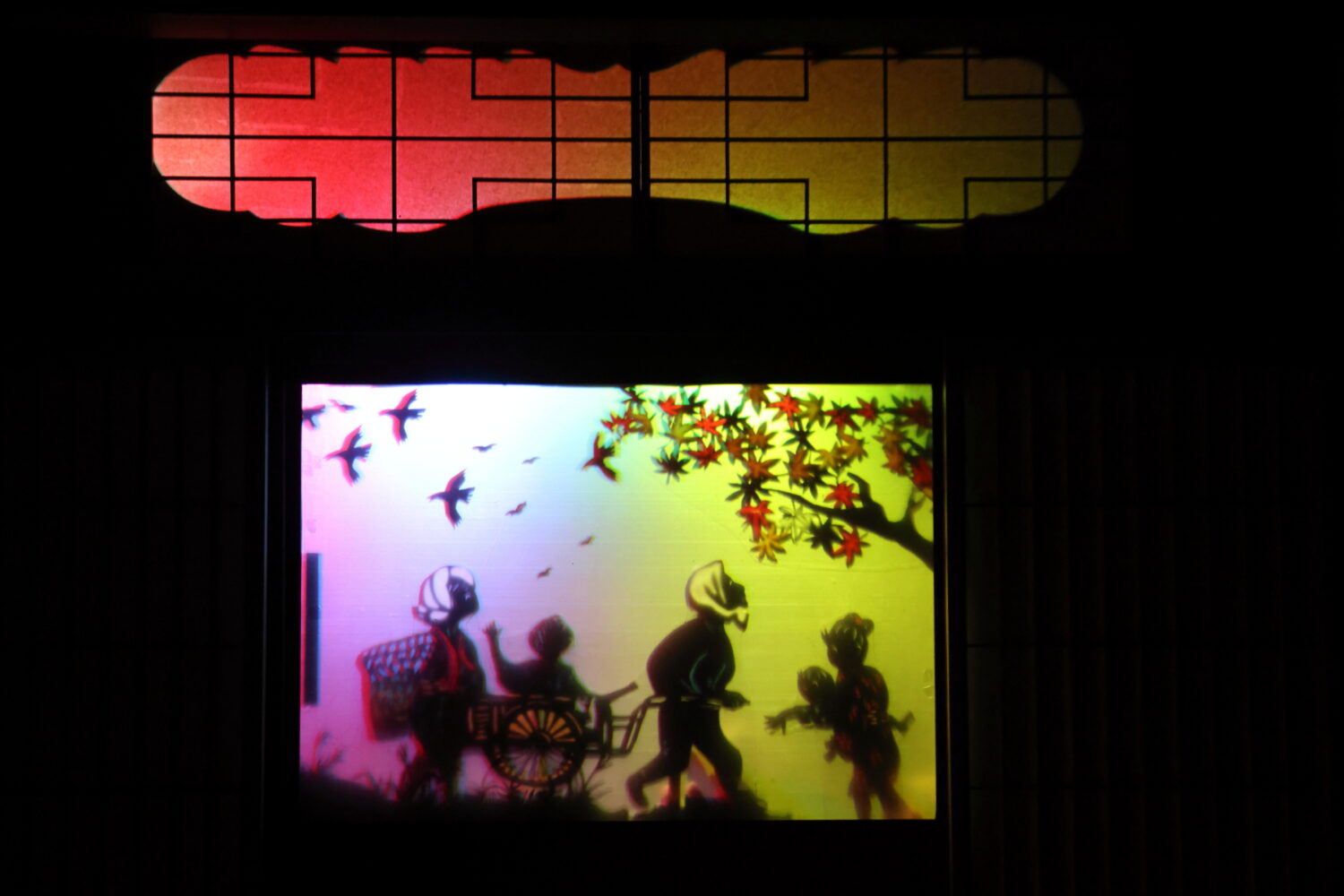
Mrs. Sumita, who initially started shadow puppetry as a hobby, now crafts and performs original stories that weave together Nabari’s history, traditions, and folklore. There are many shows such as The Story of Takayoshi Tōdō, the first head of Nabari Tōdō family, The Birth of Edogawa Ranpo, Hatsuse Street describing four seasons of the street, and so on. Some of them are even performed in English. The variety of titles help audiences understand local history and attract people across generations. In the beginning, they sought to appeal to tourists. “So, they bought lots of bottles of sake,” she laughed. Then something happened that highlighted how the impact of the puppet shows extended far beyond a boost in sake sales. “One day, a woman from a care facility attended one of our shows. After the performance, she was in tears, thanking us over and over. Her caregivers later told us that she was normally quite reserved, rarely showing emotion. That moment made me realize how deeply shadow puppetry can move people,” Mrs. Sumita shares.
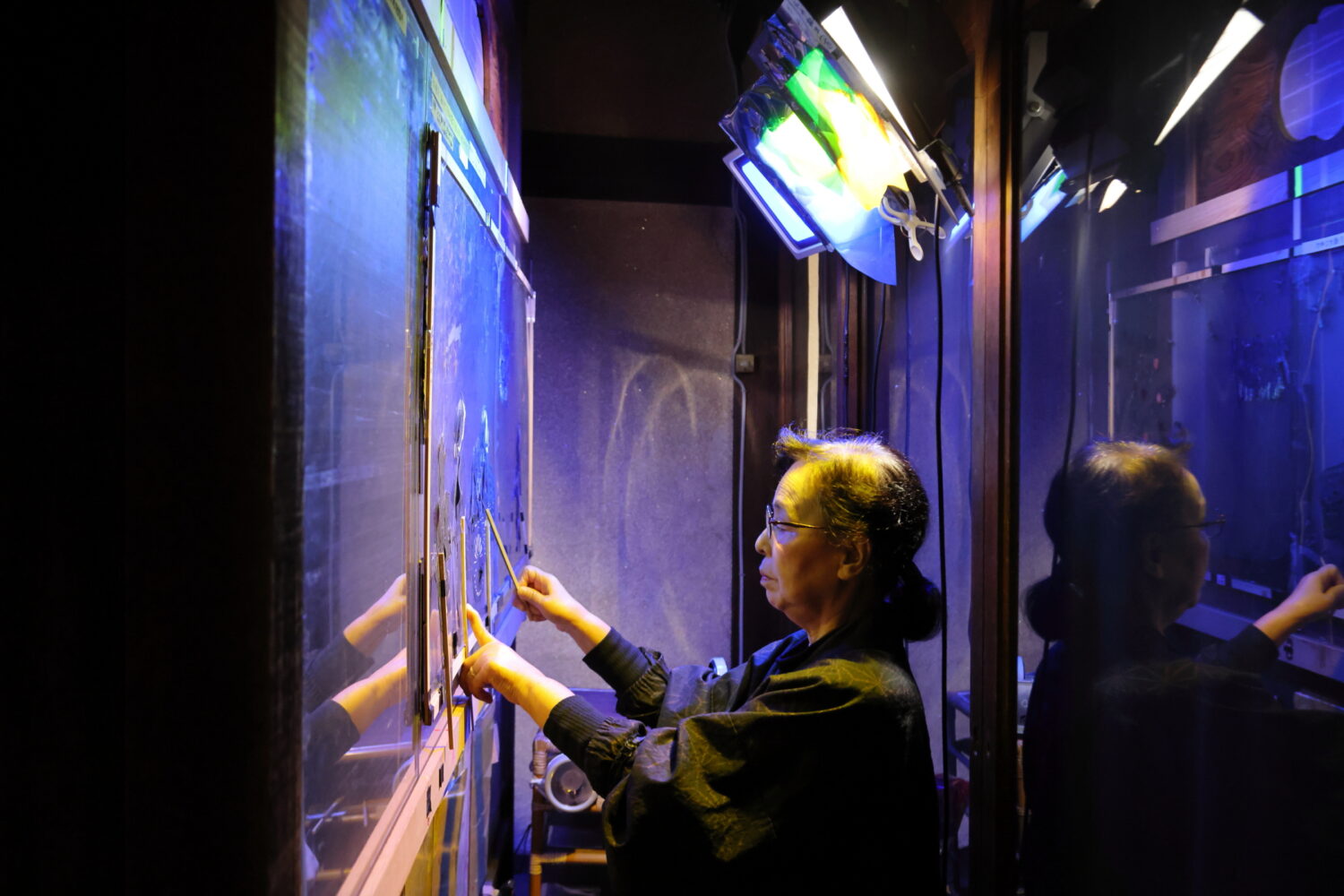
“Dr. Fukumoto brought his students from Nagaoka to our shop, and showed our shadow show to them, and said that it is a social and cultural prescription. We had never realized that our shadow shows had that power,” said Masaru. Hisako jumped in, “Cultural Prescription! It was enlightening for us. Previously, I hoped that many tourists would see the shadow shows. However, after we talked with Dr. Fukumoto, I started thinking that the numbers didn’t really matter. It is nice to welcome tourists on bus tours, but I also want more neighbors and local people to see the shows.”
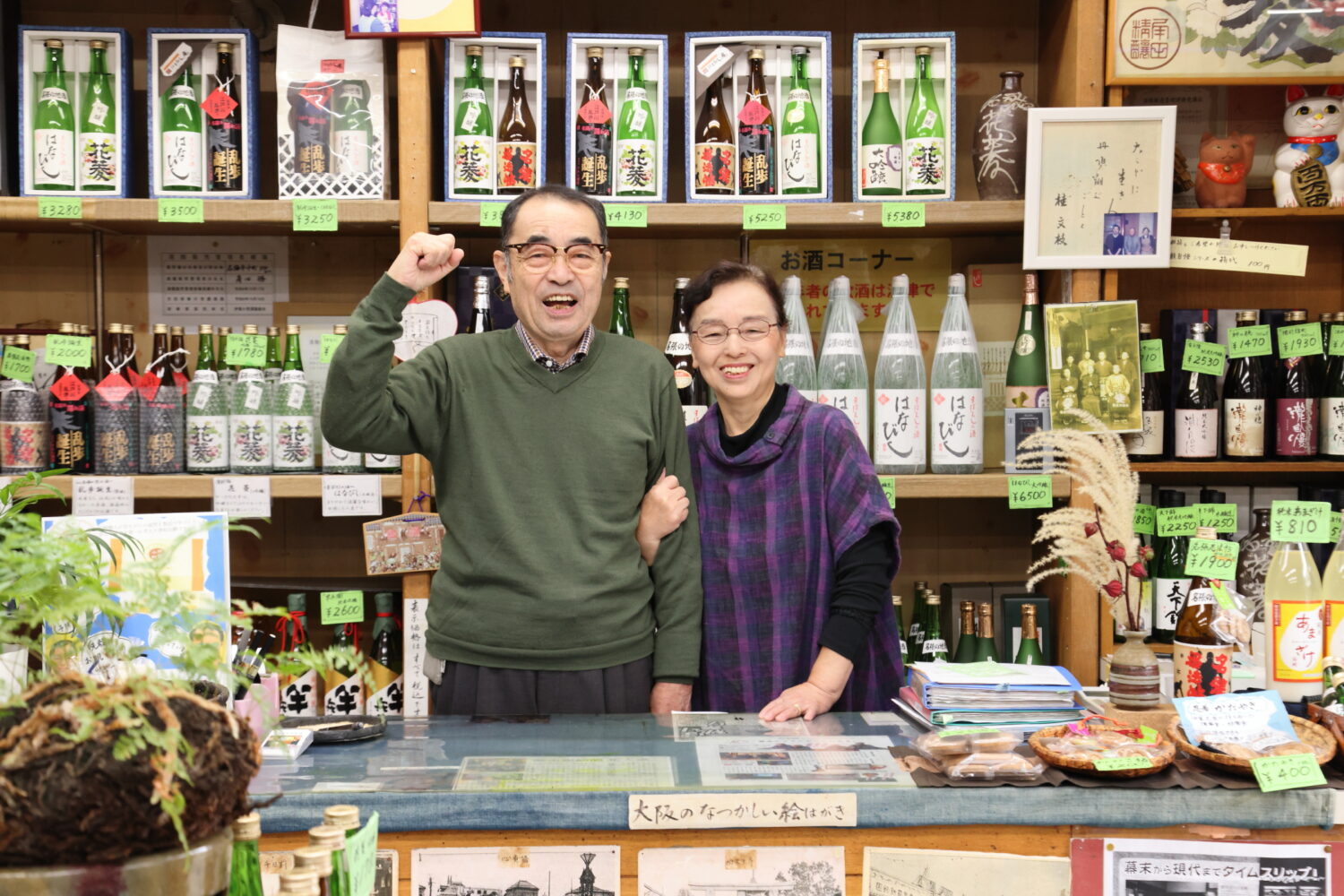
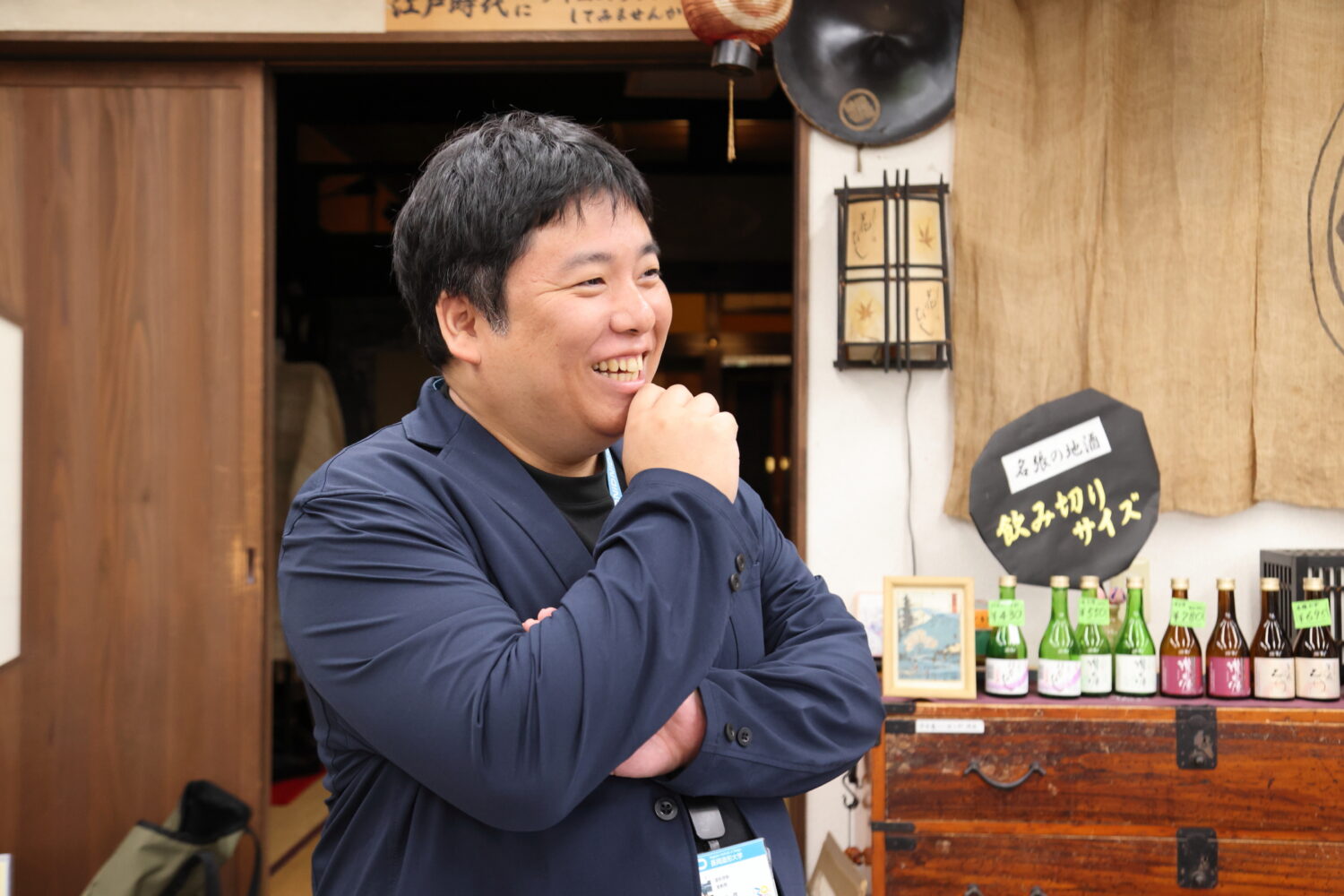
Currently, Dr. Fukumoto is based in Nagaoka Institute of Design in Niigata Prefecture. He regularly comes to Nabari with his students and has “discovered” cultural prescriptions through interacting with local people.
“I believe that uncovering existing cultural prescriptions such as this shadow puppet show is as important as developing new cultural prescriptions. If the existing structure is facing challenges, we can help work through them. I want to create a framework to keep them working even after we leave – not by creating new designs from scratch but by understanding the existing ones, and discovering their background.”
Many people are engaged in various communities, volunteer activities, and community buildings in Nabari City. Dr. Fukumoto has already started a “listen and write project” through which local young people in Nabari interview these people with legacies like these, who can be considered ‘local treasures’. Through these encounters, the interviewers naturally take on the role of cultural link workers. The interview contents are compiled in a database and the records are planned to be published in various ways by artists, creators, and so on.
New Interactions Nurtured at the “ Creative Community Art Studio”
These days, Dr. Fukumoto often visits a vacant laundry shop that had been in operation for 100 years. He has created an activity spot called “Creative Community Art Studio” where cultural link workers get together. It is equipped with the latest craft tools as a “hub for people’s interaction through creation.” Mr. Takakazu Yamaguchi, artist and assistant professor of Nagaoka Institute of Design stays here and has founded a cultural link worker training scheme. The word “Cultural Prescription” may seem hard to grasp. However, Dr. Fukumoto and others expand the idea of cultural prescription through their real-world activities.
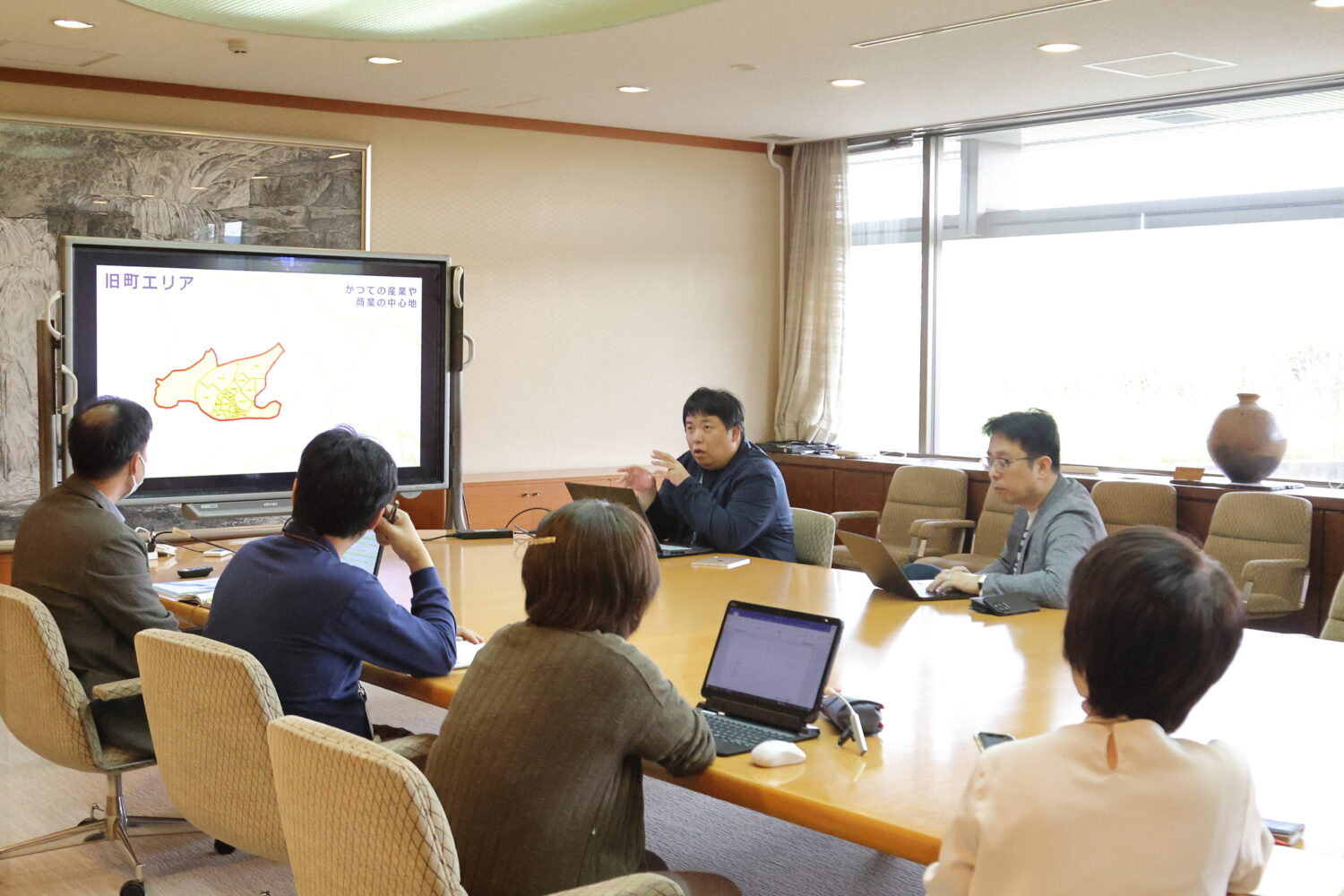
“It is important to first implement examples that are theoretically feasible in society. This is not just about Nabari—there are projections that population decline will become a serious issue, and by 2040, even major metropolitan areas will begin to see population decreases. While radical digitalization is essential, we must also improve the analog aspects of human connections and make them of higher quality. I want to create such models and implement model cases that can offer a way forward, even for small towns with limited budgets,” says Dr. Fukumoto.
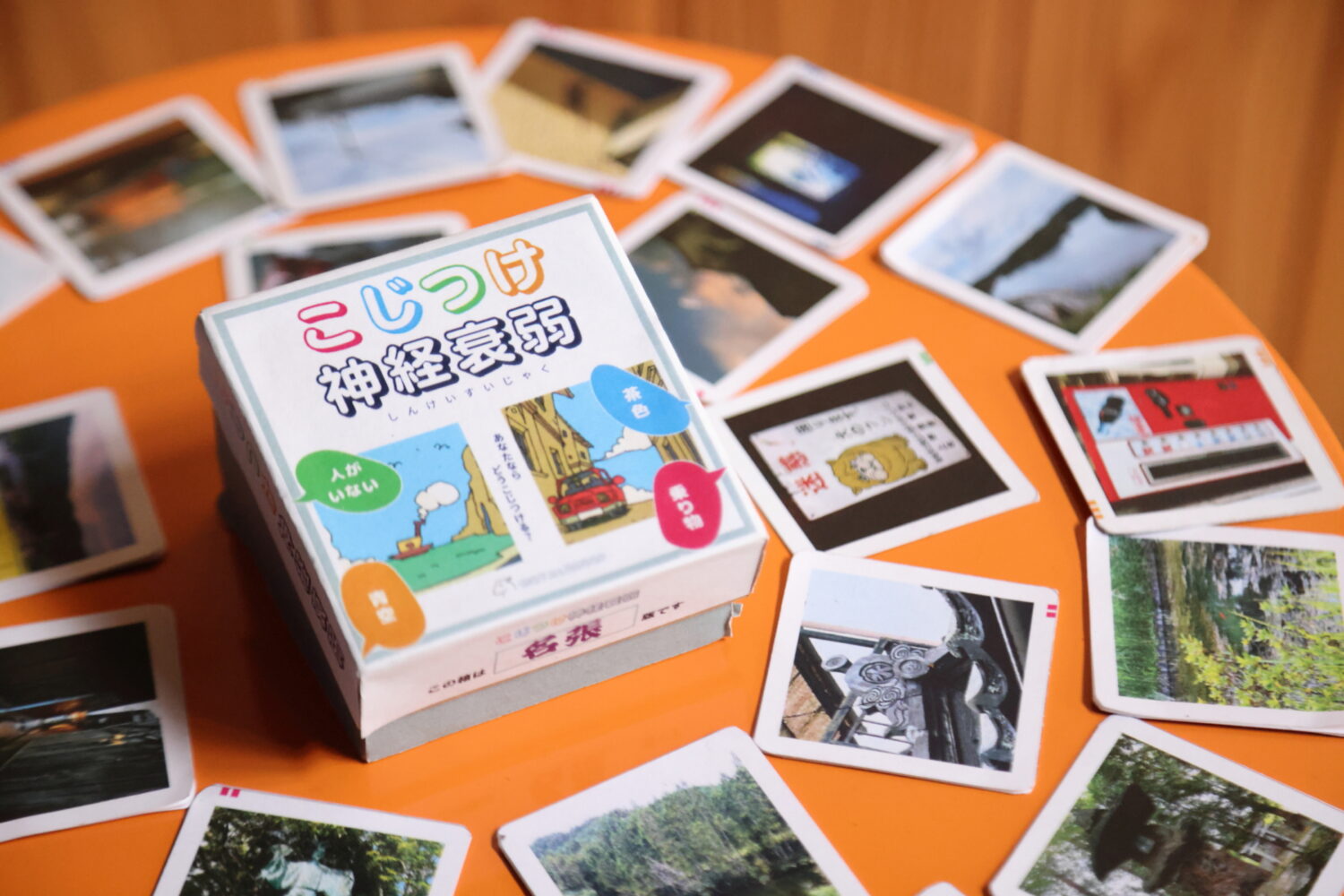
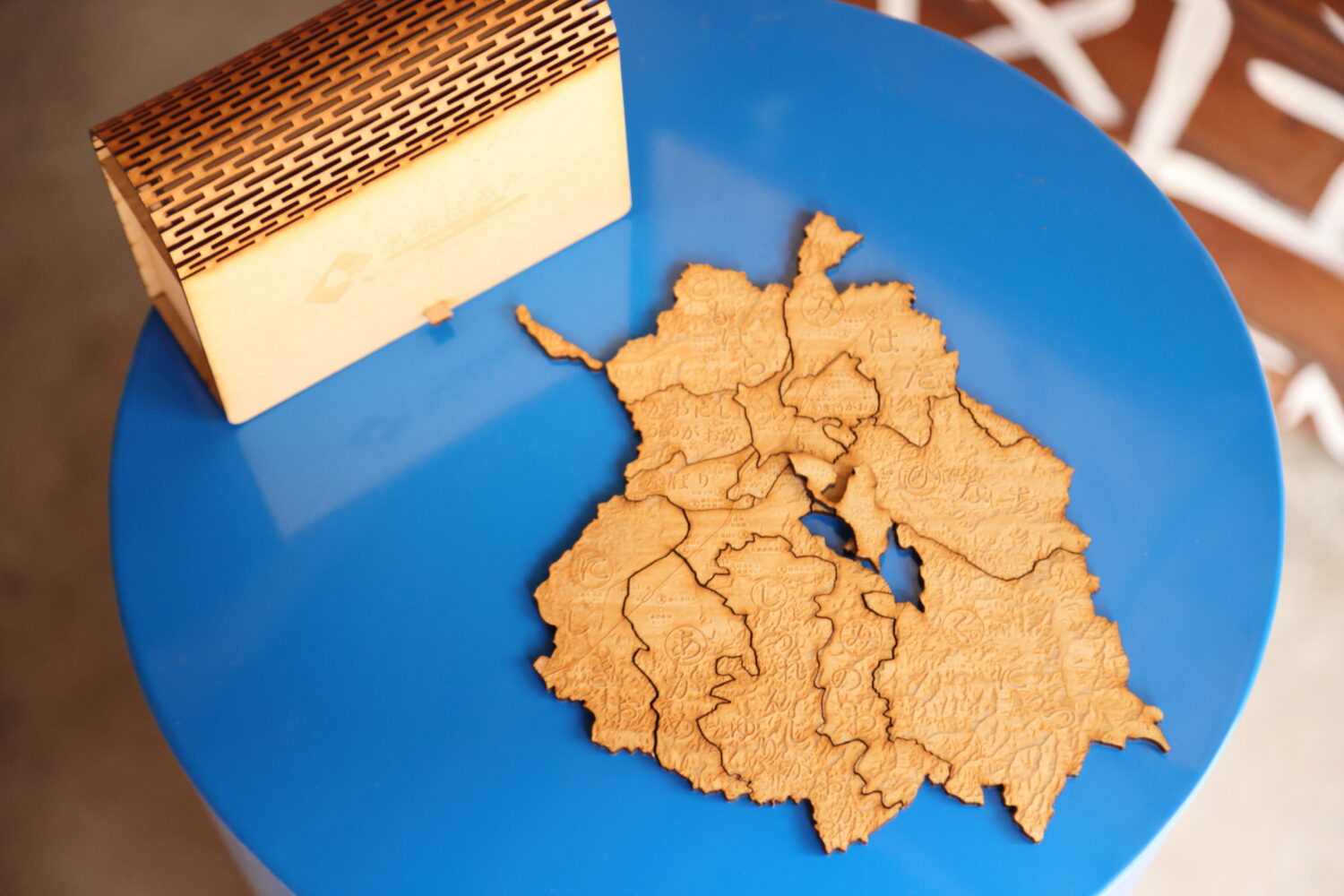
Dr. Fukumoto’s activities in Nabari go beyond the renovation of vacant houses and regional revitalization. Rooted in the area’s history and culture, these efforts aim to empower local residents to actively envision their own future. Concrete initiatives, such as training cultural link workers and establishing hubs using vacant storefronts, demonstrate the potential for an entire community to create its own future with its own hands.
The challenges faced by regional communities are not easily solved. However, through the lens of “cultural prescriptions,” Nabari is rediscovering its unique appeal and building new values that connect to future generations. Dr. Fukumoto’s vision offers important insights for considering the future of regional society.
